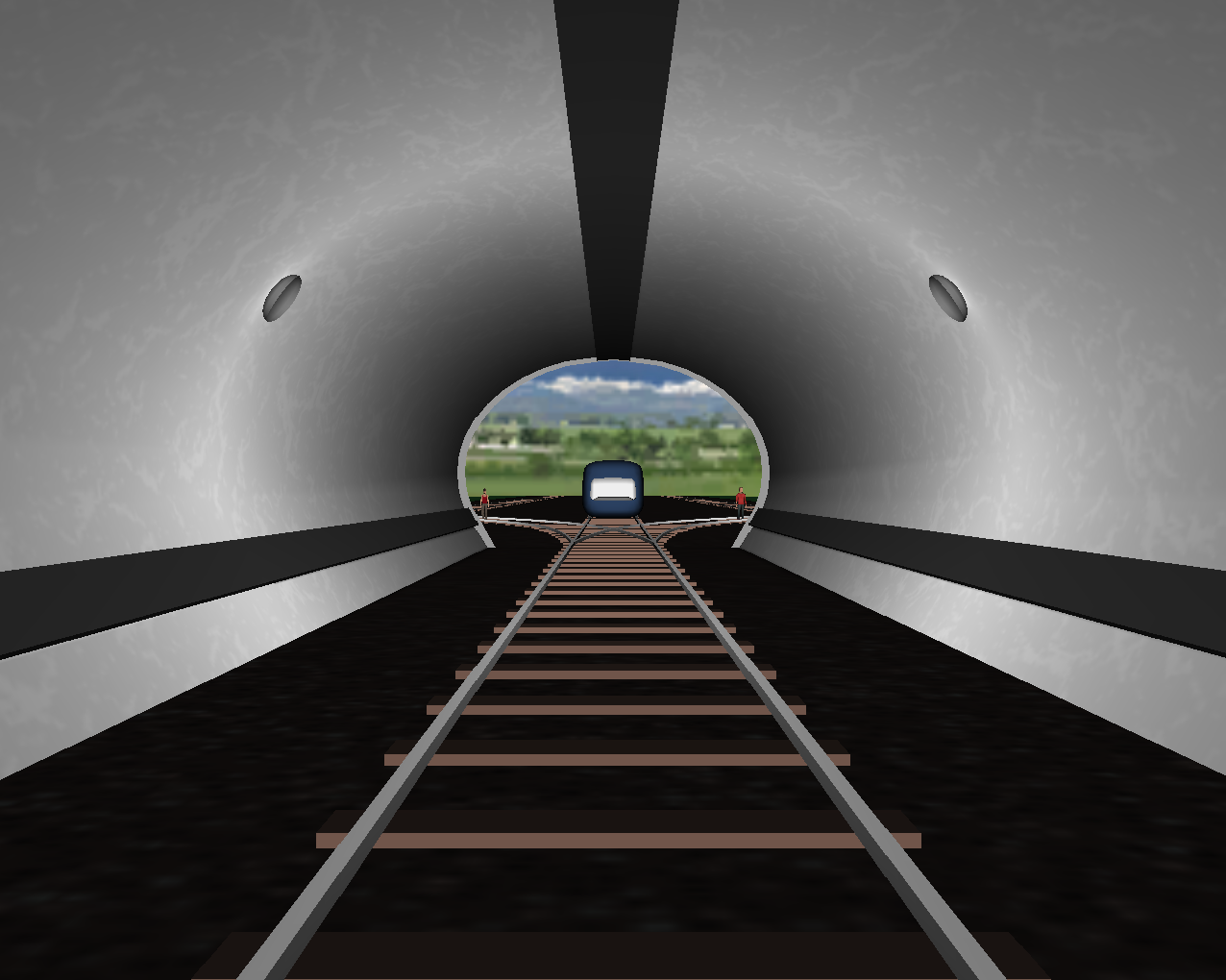
February 23, 2015, by Andreas Bunge
Gender bias in sacrificing decisions
Imagine that you are the driver of a train full of passengers rushing through a tunnel. You are quickly approaching the end of the tunnel, but what is that? Another train is blocking the track and you realize with horror that a collision will lead to a disaster involving the death of many passengers. You cannot bring the train to a stop quick enough, but fortunately there is a junction right in front of the other train with one track branching off to the left and another track branching off to the right. You can steer the train on one of these tracks to avoid the collision. A few seconds before reaching the junction you notice that on each of these tracks a person is standing, one appearing to be female, the other appearing to be male. One of these persons is going to be killed if you divert the train. What should you do?
I recently contributed to a study in which participants lived through this very situation in a 3D virtual environment presented on a head-mounted display (Skulmowski, Bunge, Kaspar & Pipa, 2014; the screenshot above is from the study). Participants showed a bias towards sacrificing the male person when repeatedly confronted with this dilemma (with filler trials in-between). Interestingly, this tendency was correlated with socially desirable responding on a questionnaire. That is, participants who generally tend to respond in a way that they think is desired from society’s perspective were likely to sacrifice the man in order to save the woman. In the paper, we speculate that our participants might have been aware of a social norm that grants women a greater right to preservation of physical integrity than men. We also found some indication that the tendency to sacrifice male individuals was strongest in our male participants. Such an effect might be due to a higher societal pressure on men not to privilege men than on women not to privilege their own group.
In another part of the experiment, we presented our participants with a version of the dilemma that required them to decide between sacrificing a black or a white person. In this case no bias could be detected. Apparently, our (white) participants did not feel the same pressure to privilege blacks over whites (or vice versa) that they felt to privilege women over men. It must be acknowledged that this result may be due to our specific sample of German university students. We therefore suggest carrying out follow-up studies using more diverse samples. Also, future studies should examine whether variations in the amount of time participants have to reach a decision influences results.
More on this in the paper:
No comments yet, fill out a comment to be the first

Leave a Reply